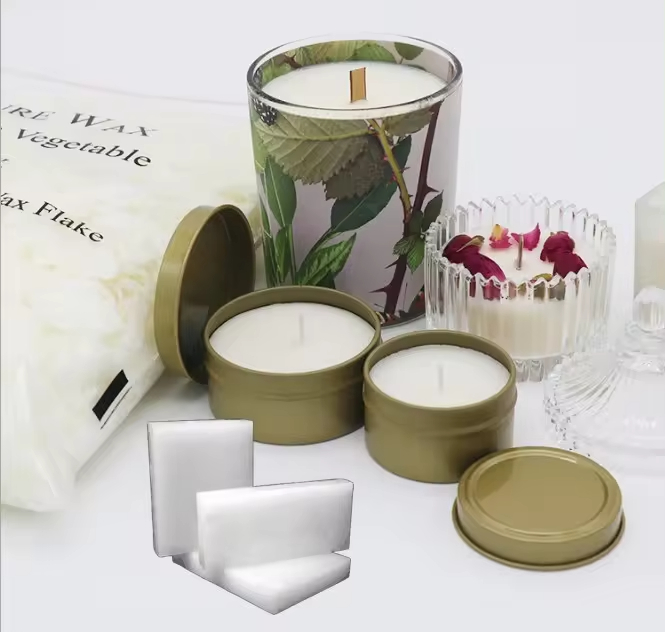Introduction
Candles are a beautiful addition to any home, creating ambiance and warmth with their soft glow and pleasant aroma. However, dealing with spilled or dripped wax can be a challenge. Whether it’s on a tablecloth, carpet, or clothing, removing candle wax may seem daunting. But fear not! In this comprehensive guide, we’ll explore effective methods for removing candle wax from various surfaces, ensuring that you can enjoy the beauty of candles without the worry of wax spills.
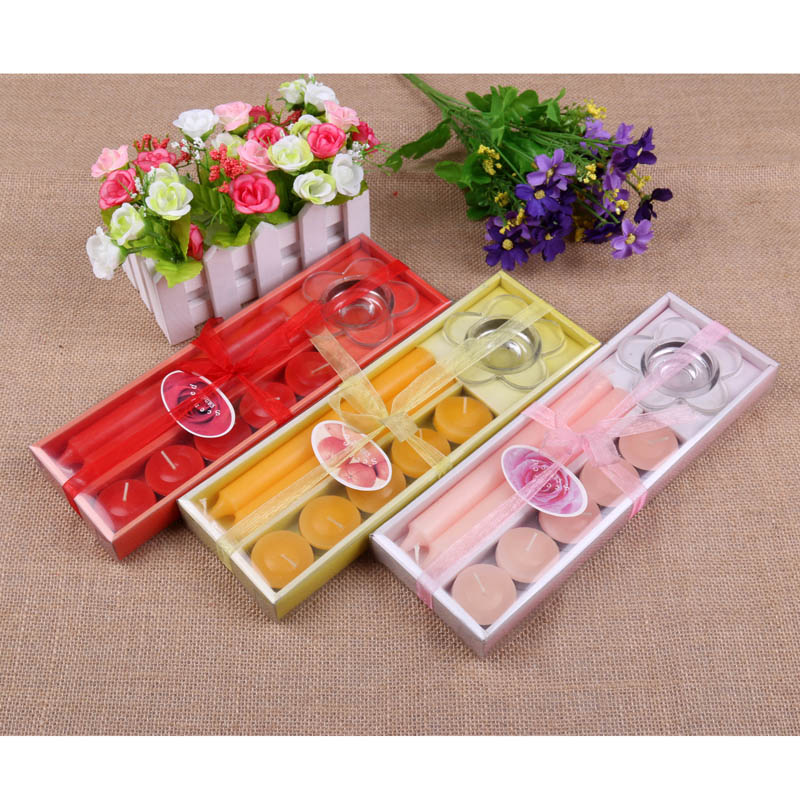
Understanding Candle Wax Composition
Before delving into removal methods, it’s essential to understand the composition of candle wax. Most candles are made from either paraffin wax, soy wax, beeswax, or a blend of these materials. Paraffin wax is the most common type and is derived from petroleum, while soy wax is made from soybean oil and is considered more environmentally friendly. Beeswax is a natural wax produced by honeybees and has a pleasant, honey-like scent. Knowing the type of wax involved can help determine the best approach for removal.
Freezing Method
One of the simplest and most effective methods for removing candle wax from hard surfaces is the freezing method. Here’s how to do it:
- Freeze the Wax: Place a few ice cubes in a resealable plastic bag and place it directly on top of the spilled wax. Alternatively, you can use a bag of frozen vegetables or an ice pack. Allow the ice to sit on the wax for 10-15 minutes, or until the wax becomes hard and brittle.
- Scrape the Wax: Once the wax is frozen, use a plastic scraper or credit card to gently scrape away the hardened wax. Be careful not to scratch or damage the surface beneath the wax. You may need to apply firm pressure to remove stubborn wax deposits fully.
- Remove Residue: After scraping off the majority of the wax, use a cloth dampened with warm, soapy water to wipe away any remaining residue. Repeat the process as needed until the surface is clean and free of wax.
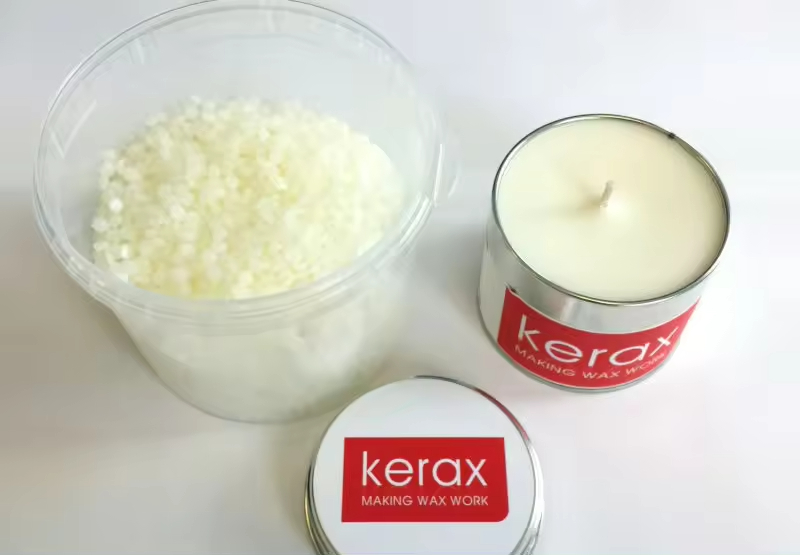
Heat and Absorption Method
For removing candle wax from fabric or carpet, a combination of heat and absorption can be highly effective. Follow these steps to tackle wax spills on fabric surfaces:
- Heat the Wax: Place a clean, lint-free cloth over the spilled wax and use a clothes iron set to a low heat setting to gently heat the wax. The heat will cause the wax to melt and transfer onto the cloth.
- Absorb the Wax: Once the wax has melted, lift the cloth to reveal the absorbed wax. Repeat the process with a clean section of the cloth until no more wax transfers onto it. Avoid rubbing or spreading the wax, as this can push it further into the fabric.
- Treat Remaining Stains: If any wax residue or stains remain, apply a small amount of stain remover or laundry detergent to the affected area and launder the fabric according to the manufacturer’s instructions. Be sure to check the fabric care label and test any cleaning products in an inconspicuous area first.
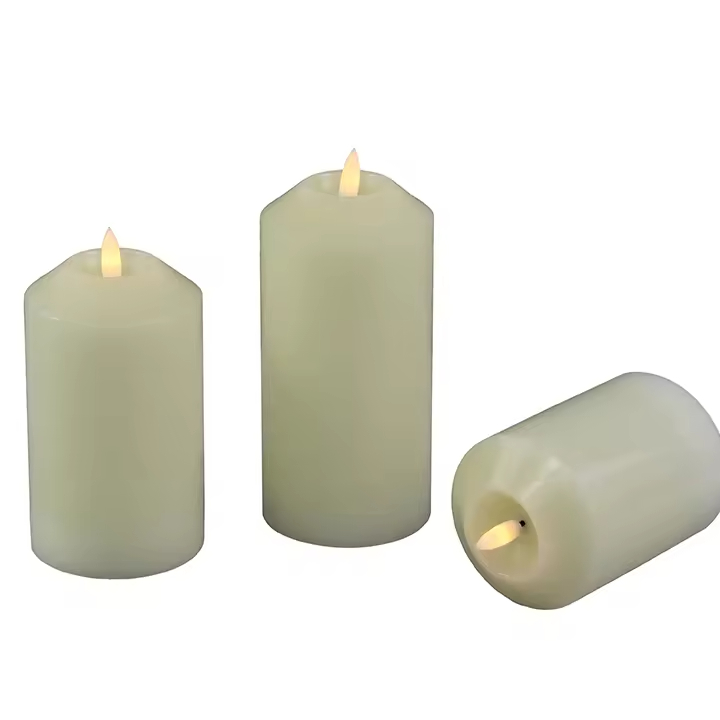
Using a Hairdryer
Another effective method for removing candle wax from hard surfaces is using a hairdryer. Here’s how to do it:
- Heat the Wax: Hold a hairdryer set to a medium or high heat setting a few inches away from the spilled wax. Move the hairdryer back and forth over the wax, heating it until it becomes soft and pliable.
- Blot the Wax: While the wax is still warm, use a clean cloth or paper towel to blot and absorb the softened wax. Be careful not to spread the wax or rub it into the surface.
- Clean the Surface: Once you’ve removed the majority of the wax, use a cloth dampened with warm, soapy water to clean the surface and remove any remaining residue. Dry the area thoroughly with a clean towel.
Using Solvents
For stubborn wax stains or residue, you may need to use a solvent-based cleaner to break down the wax and remove it effectively. Here’s how to do it:
- Choose a Solvent: Select a solvent-based cleaner such as rubbing alcohol, acetone, or mineral spirits. Test the solvent in an inconspicuous area first to ensure it does not cause damage or discoloration.
- Apply the Solvent: Apply a small amount of the solvent to a clean cloth or cotton ball and gently dab it onto the wax stain. Avoid saturating the fabric or surface with the solvent, as this can cause damage.
- Blot and Repeat: Use a clean cloth or paper towel to blot the wax and solvent away from the surface. Repeat the process as needed until the wax is fully removed. Be sure to follow up with a clean, damp cloth to remove any remaining solvent residue.
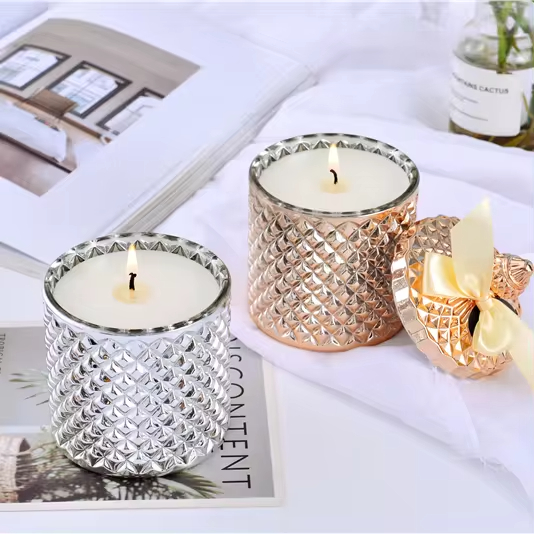
Preventing Future Wax Spills
While accidents happen, there are steps you can take to prevent future wax spills and minimize the risk of damage to surfaces:
- Use Candle Holders: Place candles in sturdy candle holders or containers to contain any wax drips or spills. Avoid placing candles directly on delicate surfaces or fabrics without protection.
- Trim Wicks: Keep candle wicks trimmed to ¼ inch to prevent excessive smoking and dripping. Long wicks can cause candles to burn unevenly and increase the risk of wax spills.
- Monitor Burning Candles: Never leave burning candles unattended, especially if they are placed near flammable materials or in drafty areas. Extinguish candles before leaving the room or going to bed to prevent accidents.
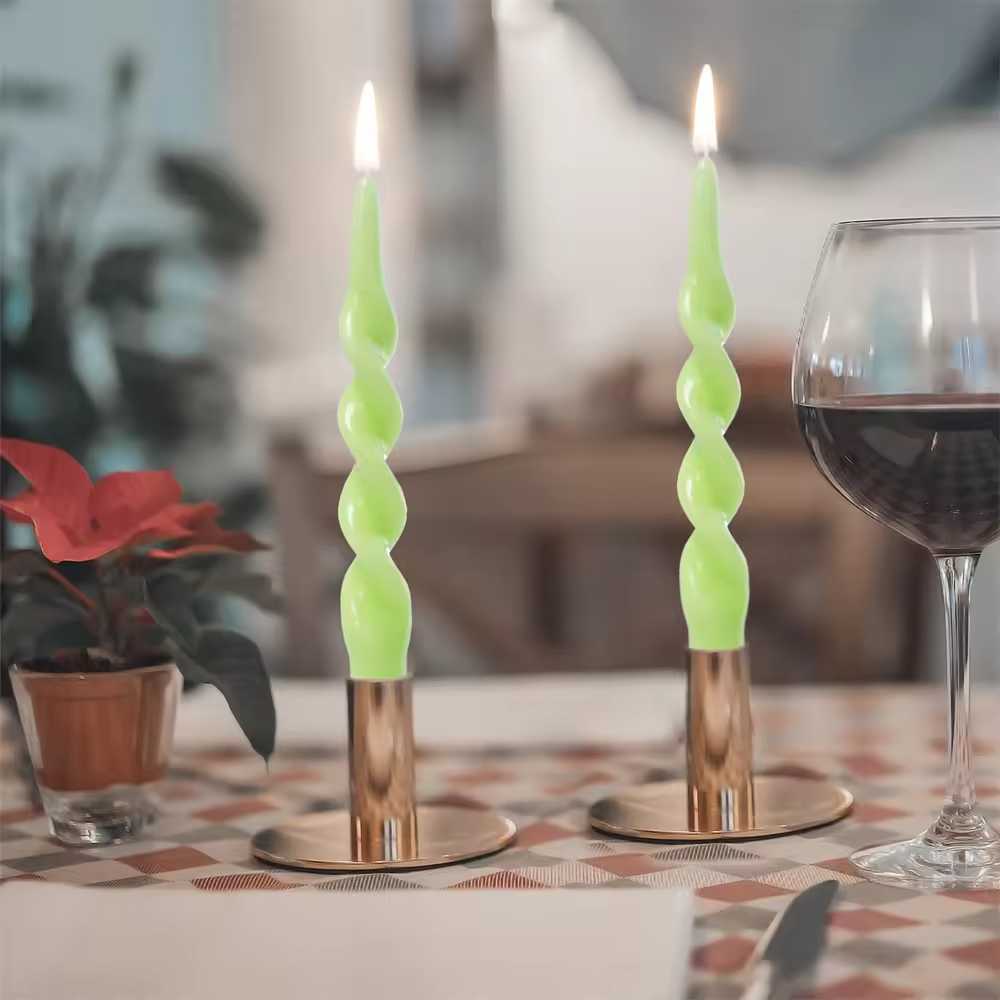
Conclusion
With these effective methods for removing candle wax, you can say goodbye to wax spills and enjoy the beauty of candles worry-free. Whether you’re dealing with spilled wax on hard surfaces, fabrics, or carpets, there’s a solution for every situation. By using techniques such as freezing, heat and absorption, hairdryer, or solvents, you can effectively remove wax and restore surfaces to their original condition. Remember to take precautions to prevent future wax spills and accidents, such as using candle holders and trimming wicks. With a little know-how and the right tools, you can keep your home looking clean and beautiful, even in the event of a wax spill.





